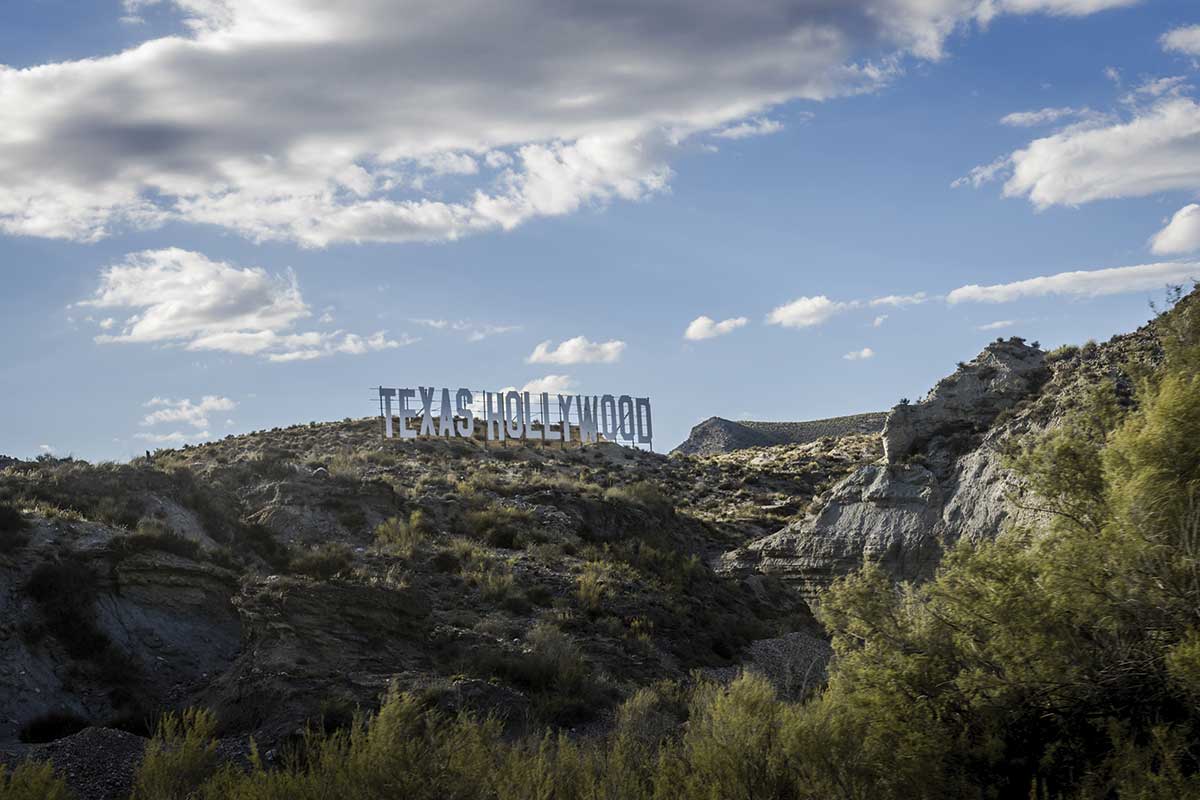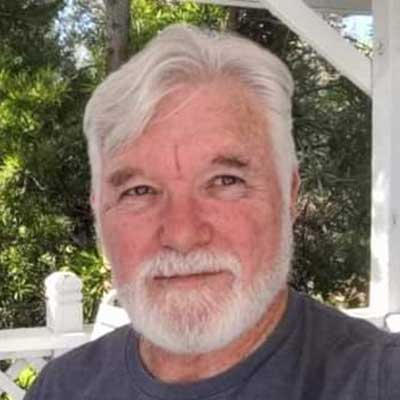To much of the world—and to many Americans who have never been to Texas—the state is a vast desert.
It’s not the Sahara but a high-plains arid region studded with rocky mesas, sweeping wall-like cliffs and dusty canyons—and sometimes adorned with thousands of saguaro cactuses (native to Arizona, not Texas).
And, yes, certainly there are parts of West Texas that fulfill some aspects of these images, but more than half the state is green, with rolling hills, lush forests and vibrant coastal plains. Yet desert images dominate minds in distant lands. For that, we can thank Hollywood.
There are many John Wayne Westerns with storylines that meander through Texas, but those films were mostly shot in Utah and Arizona. The most jarring example to me is The Searchers.
“Someday this country’s gonna be a fine, good place to be,” Mrs. Jorgensen, a tough frontierswoman, says in one scene. As she says this on her front porch, Jorgensen is facing Monument Valley, which is in Arizona and Utah.
Wayne made five movies in Monument Valley, even though two of them, The Searchers and Rio Grande, had storylines based in Texas. “Monument Valley is the place where God put the West,” Wayne said.
Listen as W.F. Strong Narrates This Story
Visit Texas Standard for more W.F. Strong stories (most of which are true).
Another Wayne film that is shocking to a Texan is The Comancheros. Wayne plays Texas Ranger Jake Cutter.
In one scene, he arrests an outlaw on a boat arriving in Galveston. As Cutter exits the boat with his handcuffed prisoner in tow, he walks right into eastern Utah, where the film was shot. It was stunning country for CinemaScope technology to capture, but it’s not Texas.
Rio Bravo and El Dorado were two Wayne films with Texas settings shot in and around the Sonoran Desert west of Tucson. The landscape there is dominated by saguaros, enormous 40-foot-tall cactuses called the sentinels of the desert. Such sights don’t exist in Texas.
Clint Eastwood’s For a Few Dollars More is set in and around El Paso, but it was actually shot in the Tabernas Desert near Almería, Spain, and in Italy. Fort Bravo, also called Texas Hollywood, is a movie set town built in Almería in the 1960s that has served as a backdrop for many classic Western films.
Two films more true to Texas in landscape were Giant, shot mostly around Marfa, and No Country for Old Men, filmed around Marfa and Las Vegas, New Mexico. A 2015 miniseries called Texas Rising troubled some Texans for two reasons: It was shot almost entirely in Mexico and it depicted rugged mountain terrain near Victoria, where there are only coastal plains.
Movie Texas depicts a greater diversity of desert land than Texas actually has within it. To the world, we are Arizona, Utah and New Mexico, and we are Mexico, Italy and Spain. Mostly desert.



